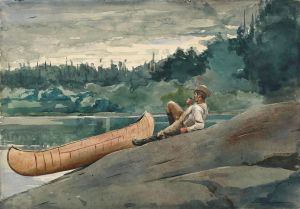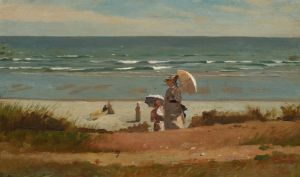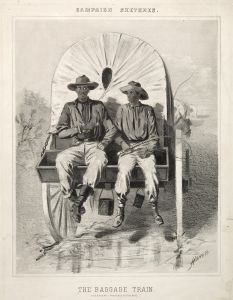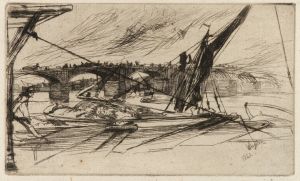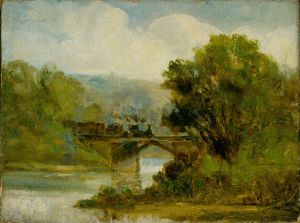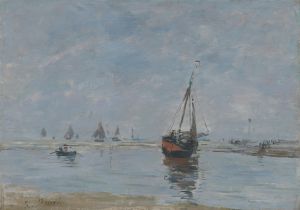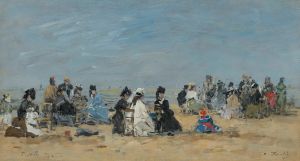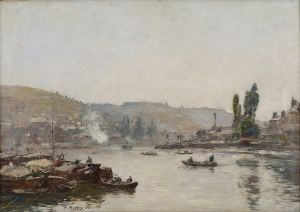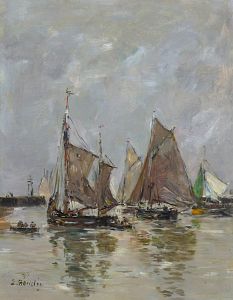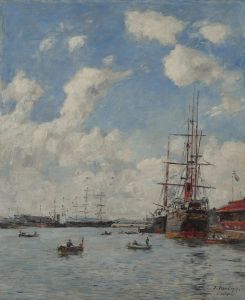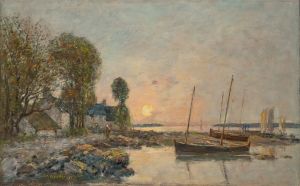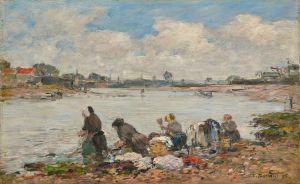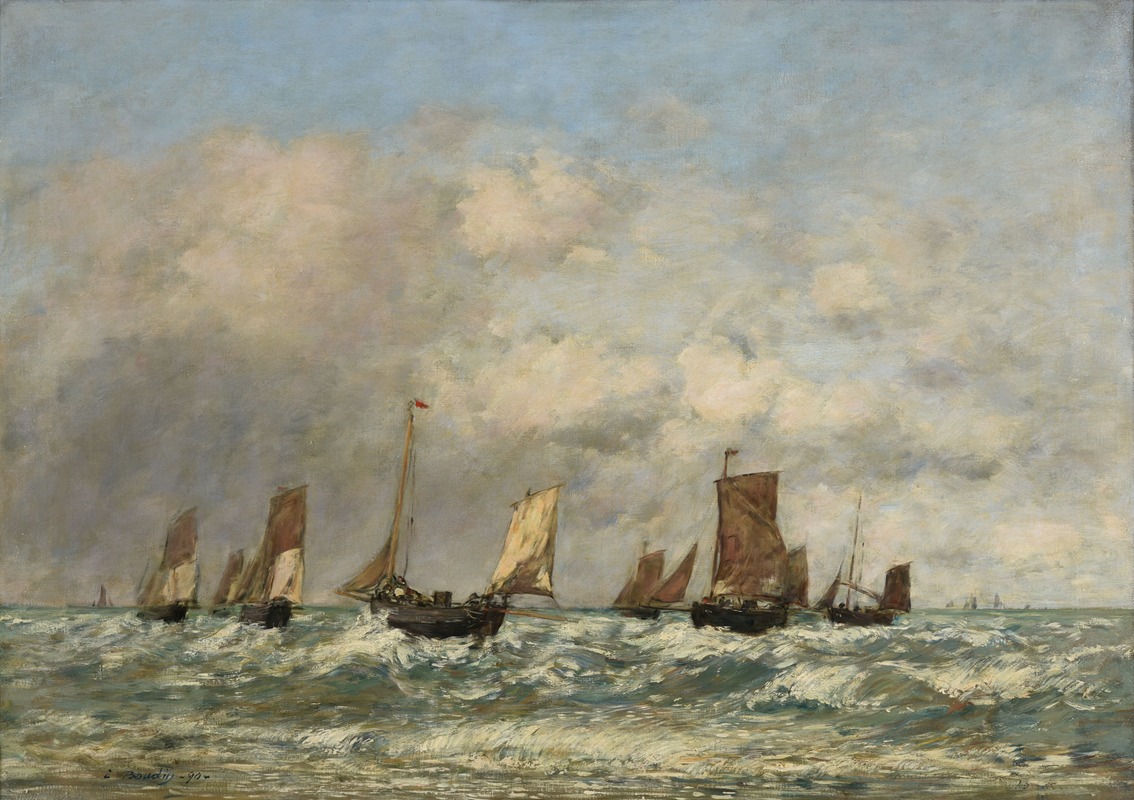
Berck; le départ des barques
A hand-painted replica of Eugène Boudin’s masterpiece Berck; le départ des barques, meticulously crafted by professional artists to capture the true essence of the original. Each piece is created with museum-quality canvas and rare mineral pigments, carefully painted by experienced artists with delicate brushstrokes and rich, layered colors to perfectly recreate the texture of the original artwork. Unlike machine-printed reproductions, this hand-painted version brings the painting to life, infused with the artist’s emotions and skill in every stroke. Whether for personal collection or home decoration, it instantly elevates the artistic atmosphere of any space.
"Berck; le départ des barques" (Berck; the Departure of the Boats) is a painting by the French artist Eugène Boudin, who is renowned for his seascapes and beach scenes. Boudin, born on July 12, 1824, in Honfleur, France, is often considered one of the precursors to the Impressionist movement. His works are celebrated for their vibrant depiction of light and atmosphere, capturing the transient effects of weather and time of day.
This particular painting, "Berck; le départ des barques," was created in 1877. It depicts the coastal town of Berck, located in the Pas-de-Calais department in northern France. Berck was known for its fishing industry and its expansive beaches, which attracted many artists during the 19th century. Boudin frequently visited Berck and other coastal towns, where he found inspiration in the daily activities of fishermen and the changing skies over the sea.
In "Berck; le départ des barques," Boudin captures a moment of departure as fishing boats set out to sea. The composition is characterized by its dynamic portrayal of the boats and the bustling activity on the shore. The painting is notable for its loose brushwork and the artist's skillful use of color to convey the atmosphere of the scene. The sky, a dominant feature in many of Boudin's works, is rendered with a mix of blues and whites, suggesting a breezy day with scattered clouds.
Boudin's technique involves applying paint in quick, short strokes, which helps to create a sense of movement and immediacy. This method allows him to effectively capture the fleeting effects of light and weather, a hallmark of his style. The figures in the painting, though not highly detailed, are animated and contribute to the lively scene. The boats, with their sails catching the wind, are depicted with a sense of purpose and direction, emphasizing the daily labor and rhythm of the fishing community.
Eugène Boudin's work had a significant influence on the development of Impressionism. He was a mentor to Claude Monet, who admired Boudin's ability to paint en plein air (outdoors) and his dedication to capturing natural light. Boudin's emphasis on painting directly from nature and his focus on the effects of light and atmosphere were principles that would become central to the Impressionist movement.
"Berck; le départ des barques" is an excellent example of Boudin's mature style and his ability to convey the essence of a moment. The painting is held in high regard for its artistic merit and its contribution to the evolution of modern landscape painting. Today, Boudin's works can be found in major museums and collections around the world, where they continue to be appreciated for their beauty and historical significance.






